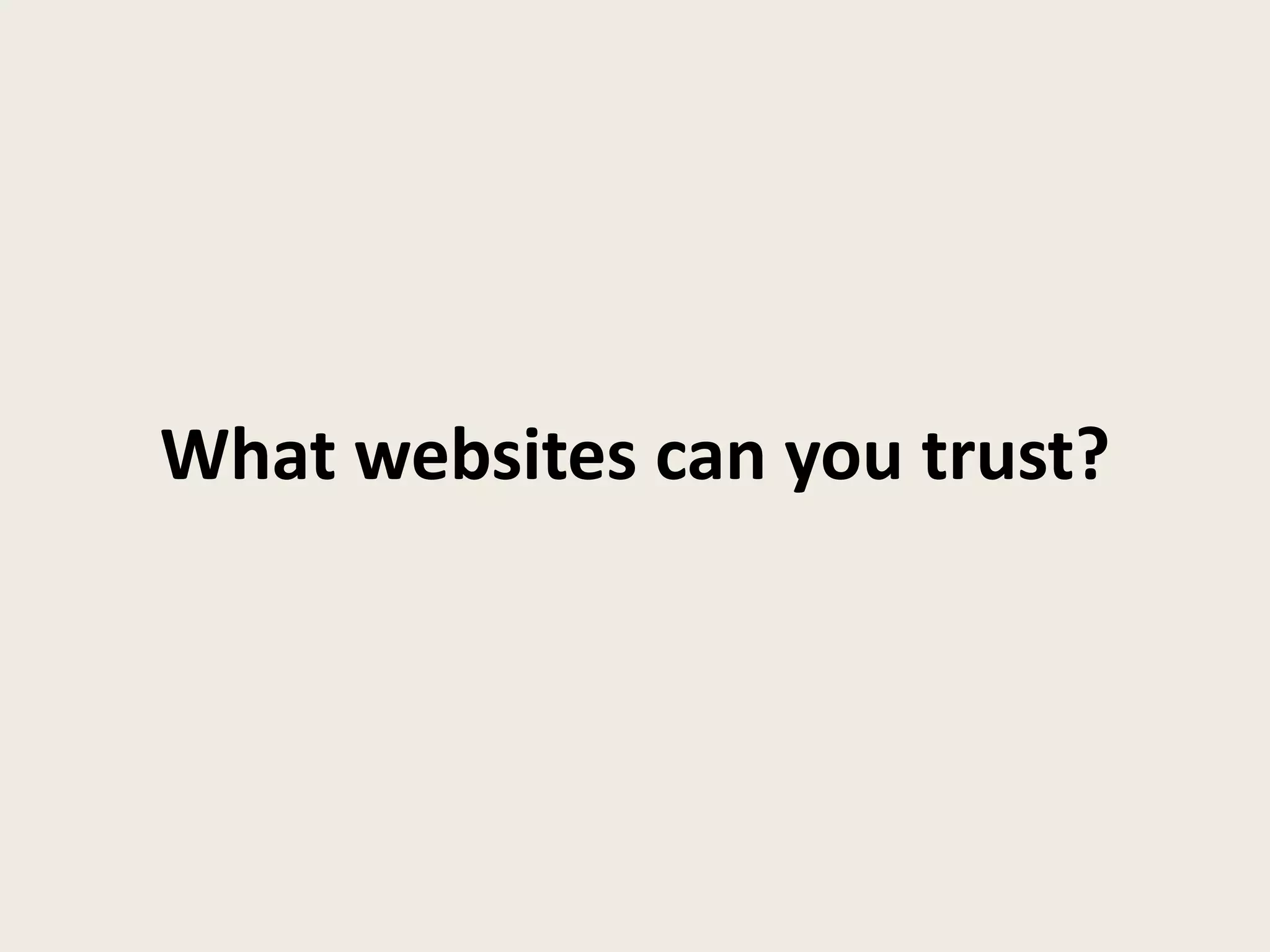This document discusses the importance of library security and provides tips for keeping libraries secure. It begins by noting that security is both a feeling and a reality. It then discusses how libraries are targets and how easy it is for attackers to succeed. The document provides tips for securing laptops, email, web browsers, and public access computers. It emphasizes updating software, using strong and unique passwords, backing up data, and preparing security policies and training staff and patrons. The overall message is that libraries must take security seriously and apply layers of protection through preparation and an ongoing commitment to maintaining security.




























![Web Browser
The Single Most Important [Online] Security
Decision You Make](https://image.slidesharecdn.com/keepingyouandyourlibrarysafeandsecure-150713153826-lva1-app6892/75/Keeping-you-and-your-library-safe-and-secure-29-2048.jpg)




























